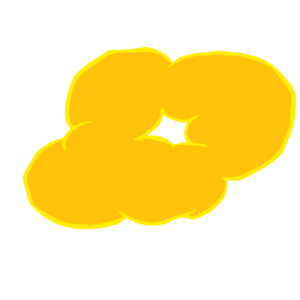













Kalau kamu sedang mencari situs slot online yang lengkap, terpercaya, dan gampang banget buat deposit, Bumihoki jawabannya! Sebagai salah satu platform terbaik di Indonesia, Bumihoki selalu mengutamakan kepercayaan dan kenyamanan pemain. Dengan koleksi game berkualitas tinggi, situs ini sukses menjadi favorit banyak penggemar slot di seluruh negeri.
Keamanan dan kenyamanan itu nomor satu di Bumihoki! Setiap proses transaksi dijamin lancar dan adil. Dengan berbagai permainan slot yang seru dan menguntungkan, dijamin kamu bakal punya pengalaman bermain yang nggak terlupakan.
Pendaftaran di Bumihoki itu simpel banget! Ikuti langkah-langkah berikut, dan kamu siap menikmati serunya bermain slot online:
Sebelum mulai, pastikan kamu memenuhi syarat berikut:
Masuk ke situs resmi Bumihoki lewat browser di smartphone atau komputer kamu. Pastikan kamu menggunakan link resmi, ya!
Klik tombol "Daftar" dan isi data seperti:
Setelah formulir diisi, cek email kamu untuk melakukan verifikasi. Klik link di email tersebut untuk mengaktifkan akunmu.
Login ke akunmu dan pilih game favorit dari berbagai kategori seru yang tersedia.
Bumihoki hadir dengan aplikasi terbaru untuk memudahkan pemain meraih jackpot maxwin! Dengan berbagai fitur canggih dan sistem permainan yang transparan, situs ini jadi pilihan utama para pemain slot di Indonesia.
Penasaran ada game apa aja? Berikut penyedia slot terkenal yang bisa kamu mainkan di Bumihoki:
Selain itu, Bumihoki rutin menghadirkan turnamen dan kompetisi seru dengan hadiah fantastis seperti undian, kotak misteri, hingga Lucky Spins. Jackpotnya? Sampai ratusan juta rupiah!
Di Bumihoki, kamu nggak cuma main slot, tapi juga bisa menikmati berbagai permainan kasino live seperti:
Semua permainan ini disertai live dealer terbaik, bikin kamu berasa main di kasino sungguhan!
Bumihoki punya banyak bonus buat semua membernya, baik yang baru daftar maupun yang sudah lama main. Bonus-bonus ini meliputi:
Selain itu, proses deposit dan penarikan di Bumihoki sangat mudah dan cepat. Didukung semua bank lokal dan e-wallet, kamu bisa transaksi kapan aja, 24/7.
Dengan pilihan game yang selalu diperbarui setiap minggu, bonus melimpah, dan peluang kemenangan besar, Bumihoki adalah tempat terbaik untuk pecinta slot online. Jadi, tunggu apa lagi? Daftar sekarang dan raih jackpotmu di Bumihoki!

undian berikutnya:
| Indonesia | |||
| indonesian | English | Mandarin |
